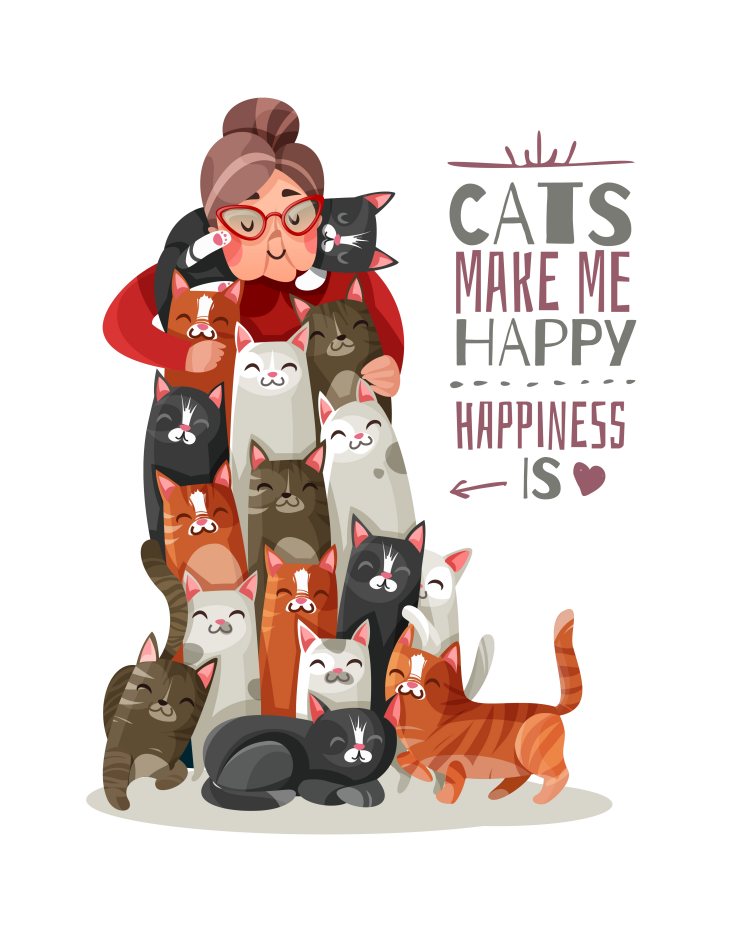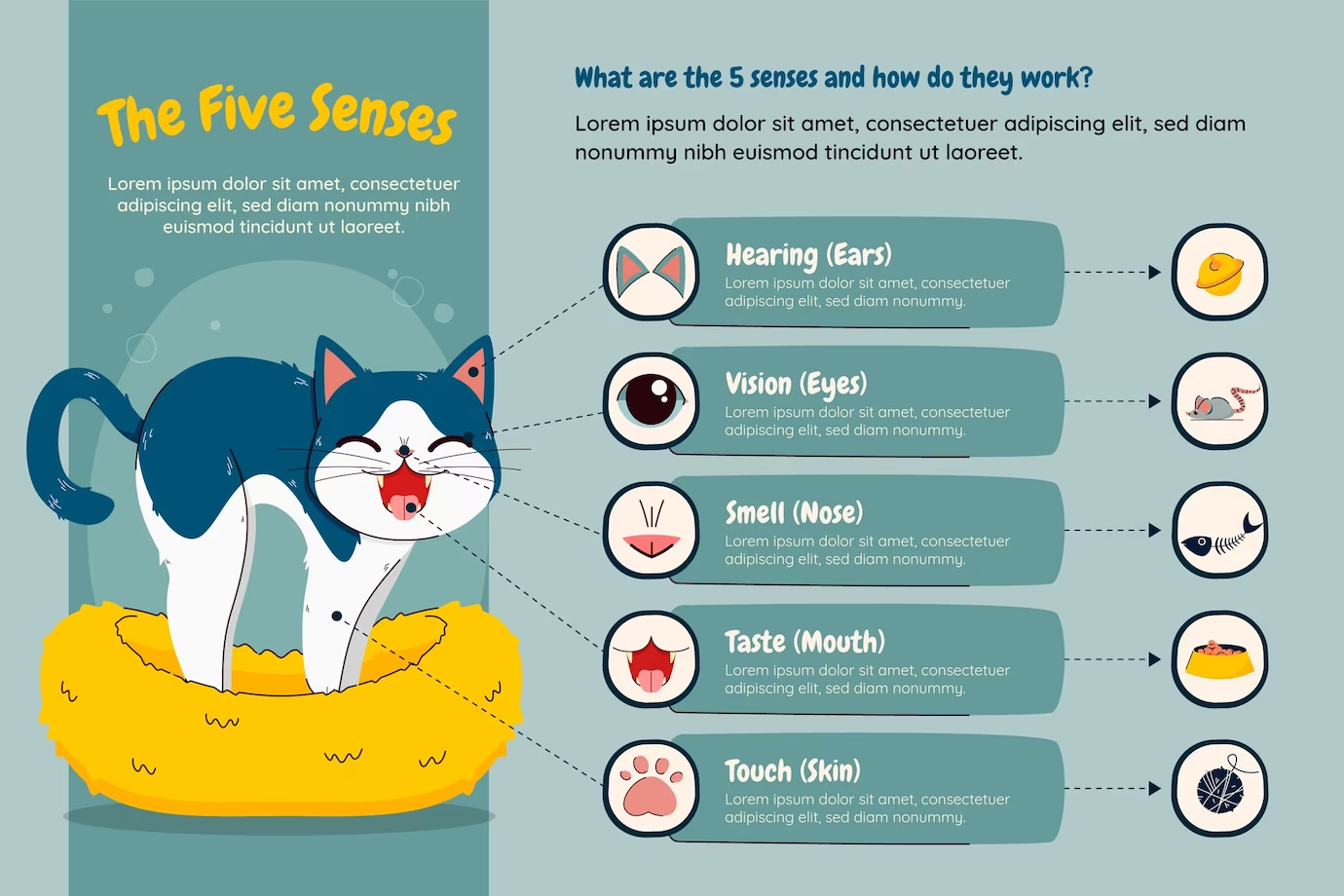Feline Obesity: Causes, Consequences, and Combat Strategies
The increasing trend of feline obesity is sounding alarms for both pet enthusiasts and veterinary professionals. It's a pressing issue, derived from excessive fat accumulation, that cascades into multiple health concerns. Delving into the roots, repercussions, and remedial measures can help ensure your cat's optimal well-being.
Origins
At the heart of feline obesity lies the disproportion between caloric consumption and energy usage. Simply, when cats ingest more calories than they expend, the scales tip towards obesity. Yet, multiple factors can intensify this imbalance:
Age: Senior cats tend to be less sprightly, needing fewer calories, hence they're more vulnerable to weight gain.
Neutering/Spaying: Altered cats might experience metabolic deceleration, inadvertently facilitating weight accumulation.
Genetics: Certain breeds, like the Maine Coon and Siamese, inherently exhibit a higher obesity susceptibility.
Ramifications

The ripple effects of feline obesity are broad and severe:
Diabetes: A fat-laden body can instigate insulin resistance, pushing cats towards diabetes.
Cardiac Concerns: The heart strains under excessive weight, escalating the heart disease risk.
Skeletal Strain: Obesity predisposes cats to joint issues, such as arthritis.
Respiratory Restrictions: Weighted chests can trigger conditions like asthma.
Moreover, the spectrum of obesity-induced concerns spans urinary tract complications, liver disorders, and dermatological distress.
Proactive Prevention
Thwarting feline obesity interweaves dietary discretion with kinetic enthusiasm:
Portion Patrol: Measure meals meticulously, veering away from endless buffets which can induce gluttony.

Balanced Bites: Prioritize age-and-activity-aligned diets. Seeking veterinary insights on nutrition can be invaluable.

Active Adventures: Propel your feline into motion with intriguing toys, enticing scratching posts, or stimulating interactive gadgets.

Weight Watch: Regularly review your cat's weight and use body condition scoring as a tangible metric to gauge their fat levels.

If obesity does shadow your feline, a bespoke veterinarian-suggested strategy involving diet alterations, activity augmentation, or even medication might be in order.
To encapsulate, proactive prevention of feline obesity is indispensable. Familiarity with its sources, sequels, and solutions will guide you in safeguarding your cat's longevity and vigor. Observational acumen, coupled with tailored care, can keep your cat spry, bypassing obesity's health pitfalls.




Leave a comment
All comments are moderated before being published.
This site is protected by reCAPTCHA and the Google Privacy Policy and Terms of Service apply.